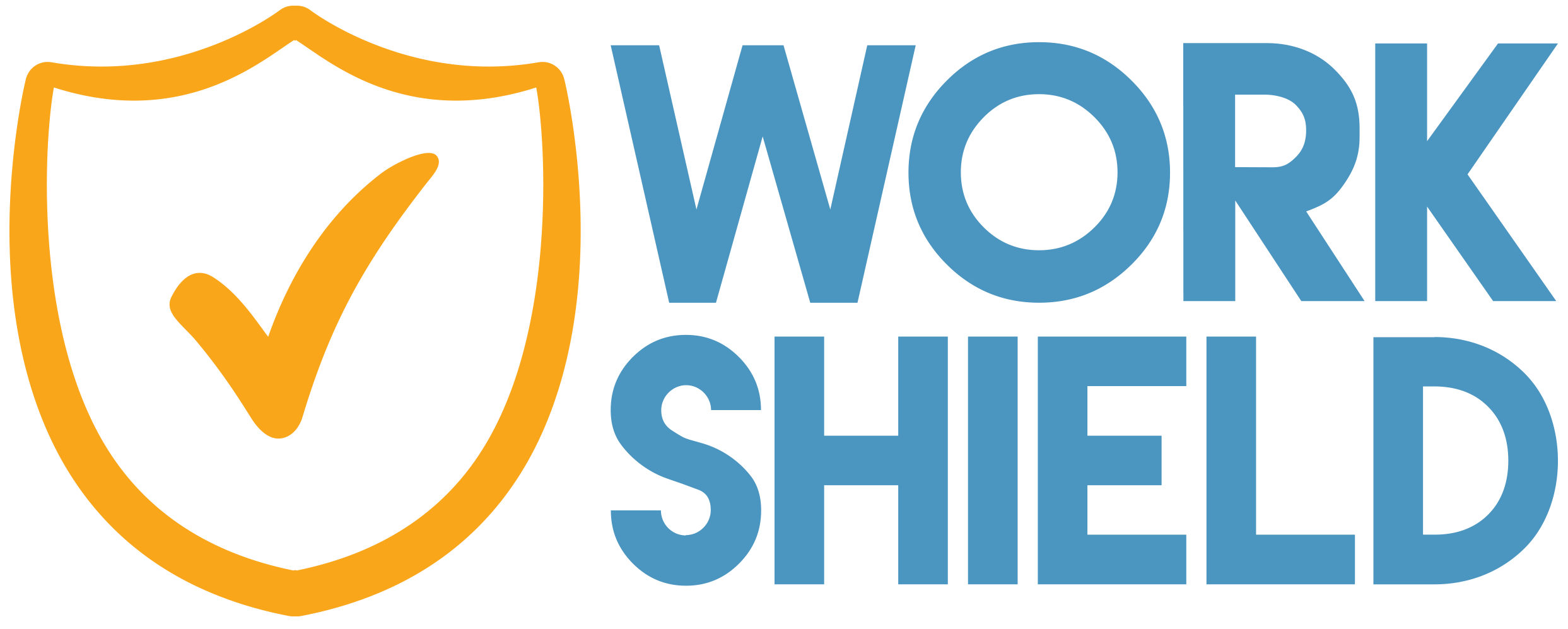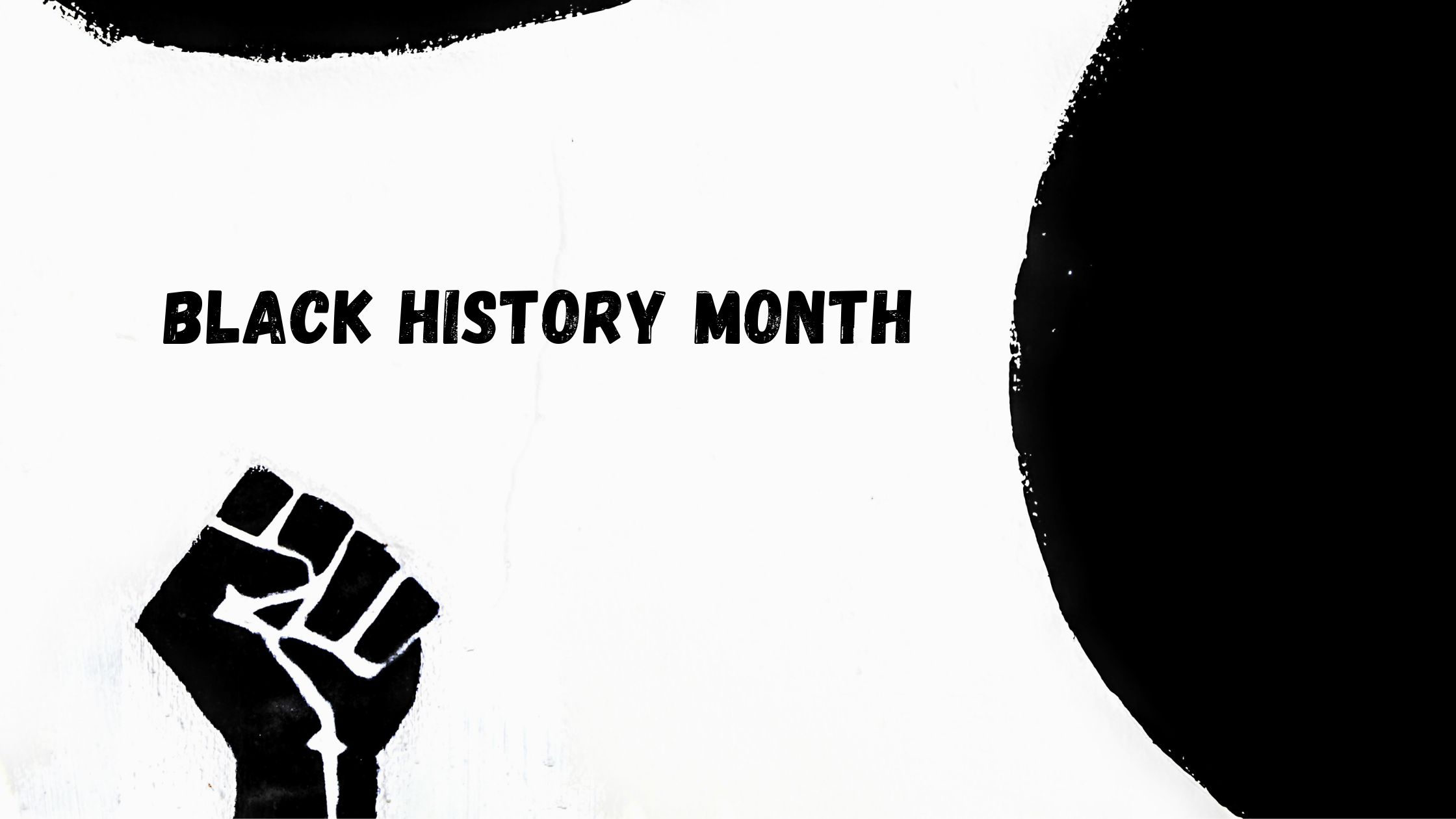In honor of Black History Month, we are highlighting the staggering statistics of workplace discrimination against the Black community, as well as actionable steps to create a safer, more equitable workplace culture for everyone. To understand how we all can participate and be a part of this change, it is important to first consider how workplace discrimination has evolved over the last several decades and what Black workers experience today.
In 1964, the Equal Employment Opportunity Commission (EEOC) established Title VII of the Civil Rights Act of 1964, which prohibits discrimination based on race or color in any aspect of employment. Title VII was a big step forward for Civil Rights, as it aimed to ensure equal employment opportunities for everyone, no matter their race. While Title VII was implemented over 50 years ago and progress has been made throughout the years, discrimination in the workplace, particularly against Black workers, remains a large issue. In 2014, racial discrimination was the most frequently reported ground for discrimination alleged under Title VII, representing 35% of charges filed with the EEOC. Just this year, one in four Black workers reported experiencing some form discrimination at work, with 75% of Black workers indicating that the discrimination they experienced was racially motivated.
Discrimination and harassment against Black workers can occur in a variety of ways. For example, studies have shown that applicants with perceived “white-sounding” names are more likely to receive calls back from potential employers than applicants with perceived “Black-sounding names.” Additionally, research indicates that 20% of employers treat Black applicants less favorably, with darker-skinned applicants experiencing additional disadvantages when applying for jobs compared to lighter-skinned applicants. Studies have also found that Black employees often begin their careers with lower base salaries than their white colleagues, and receive promotions less often. In fact, pay discrimination has been so prevalent in recent years that the Black-white earning gap has expanded and in 2016, the gap returned to where it was in 1950, according to research by economists Kerwin K. Charles and Patrick Bayer.
In order to combat racial discrimination in the workplace, it is imperative that we not only educate ourselves on the challenges Black workers face, but also contribute to the change by implementing actionable steps that reduce and remove discrimination from the workplace.
Start at the Top – Educate and Diversify Leadership
Business leaders can reduce discrimination and promote diversity in the workplace by investing in training that covers racial discrimination, unconscious bias and other relevant topics to educate employers and employees about the role of race and ethnicity in the workplace. Research shows that only 67% of U.S. organizations provide some form of diversity training, while only 15% have staff dedicated specifically to diversity and inclusion. Diversity training does not have to be costly to companies, as there are many free training resources available to business leaders who want to enact change in their company and beyond. While these training programs should start at the top with business leadership, training should also be available to all employees at every level of the business, as research shows that employees who attend a training program are 64% more likely to experience an increase in their knowledge around diversity than someone who did not attend.
In addition to educating leadership about diversity and discrimination, it’s important to diversify your company’s leadership. Diversity improves creativity, performance and even the bottom line, thus enhancing workplace culture. According to a report by McKinsey & Company, companies with leadership in the top quartile for racial and ethnic diversity were 35% more likely to have financial returns above their industry median. Furthermore, in a survey by PwC, 85% of CEOs said that having a diversified and inclusive workplace population improved their bottom line. Despite the direct correlation between improved financial benefits and a diverse executive team, representation of ethnic minorities on executive teams was only 13 percent in 2019, up from 7 percent in 2014. Though progress is moving at a slow rate, implementing diversity training and representation from the top is a positive step toward more inclusive and safe workplaces for all races.
Assess Company Policies and Practices
To directly address workplace discrimination and harassment, business leadership needs to revisit and review company policies and procedures, and consider whether or not those policies enable discrimination within their organization, particularly against Black workers. As part of this review, organizations should reconsider current hiring practices and compensation packages, as well as general office policies to ensure all aspects of the workplace promote an equitable workforce.
Evaluating hiring practices is a critical first step, as hiring discrimination against Black Americans hasn’t declined in over 25 years. To offset this, it’s important for companies to examine where they post open job positions and the audiences that they target. They should also review hiring evaluations to ensure that such evaluations do not exhibit any form of bias or discrimination based on race or ethnicity. This can aid in reducing hiring discrimination and also allow companies to expand their hiring horizons to get in front of the most diverse and qualified talent. In addition to reviewing hiring practices, organizations should also evaluate compensation packages in order to address the longstanding racial pay gap that many Black workers experience. By implementing fair compensation and benefit packages, companies can remove discrimination and do their part in reducing the racial pay gap.
Ensure Black Employees Are Heard
No business is exempt from workplace harassment and discrimination. As we noted above, 35% of workplace charges filed were on the basis of race, which was one of the largest categories of charges reported. Racial discrimination in the workplace is a very real issue that many Black workers experience regularly. To combat these issues, employers need to ensure victims of discrimination and harassment feel empowered to speak up and report what they have experienced without fear of retaliation or job loss. One way to ensure all employees feel heard in the workplace is to implement specific solutions designed to promote a safe workplace culture by allowing employees to easily share and report their experiences.
Through Work Shield’s solutions, employees can access certified, third-party legal professionals to report any harassment or discrimination issues without bias or fear of retaliation. Employees can trust that everything they report is heard and know that they are being provided with the best resources to achieve resolution. On the flip side, employers can trust that Work Shield will protect their employees and further promote an equitable work environment. To date, no Work Shield partner has faced EEOC charges. By implementing a solution that allows employees to be heard, businesses can create a safe and equitable workplace culture.
As we honor Black voices this month and every month, let us all take time to re-examine our workplaces and ask the hard questions about discrimination. As part of this examination, we need to ensure that the voices of Black workers are amplified and heard. Every organization of every size and industry should take time to listen to their employees’ experiences in the workplace to modify and improve the environment to create a better workplace for the future.
About Jared Pope
Jared is Founder and CEO of Work Shield, the only start-to-finish workplace harassment and discrimination reporting, investigation and resolution solution that protects employees, employers and cultures at the same time. Jared practiced law and ran a practice focused on human resources, ERISA, benefits and employment matters for over 15 years and is a knowledgeable resource on workplace culture and harassment and discrimination issues.
Connect with him on LinkedIn.





